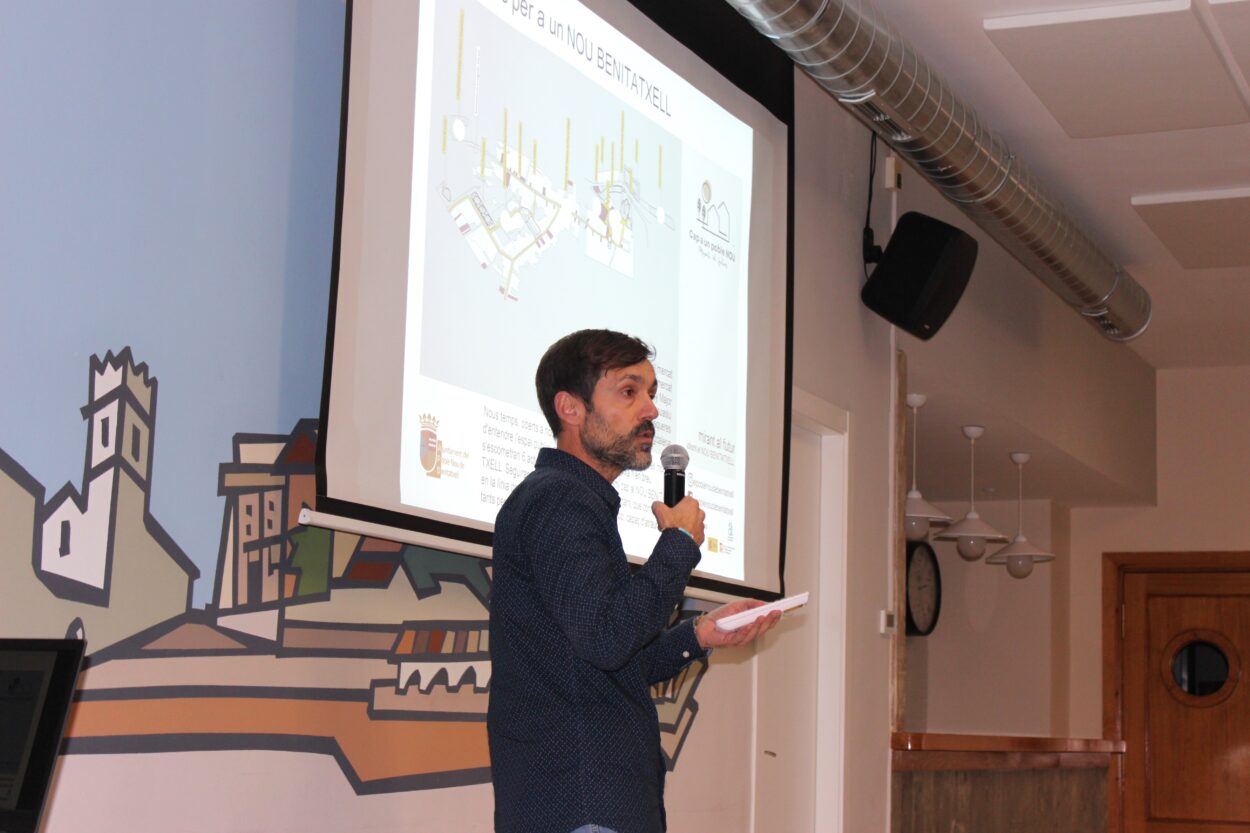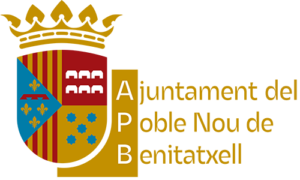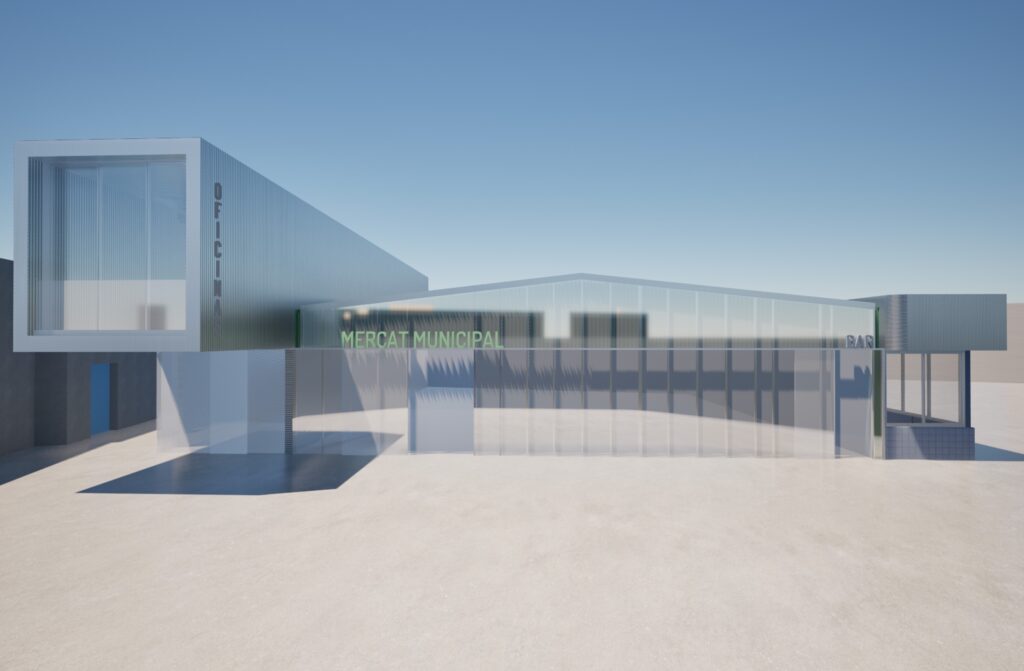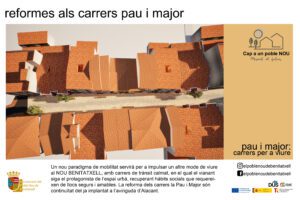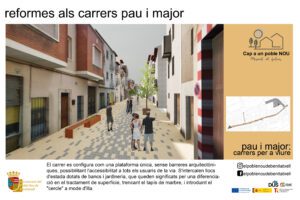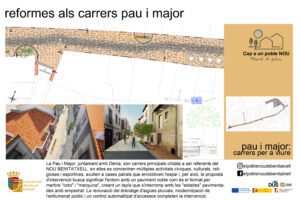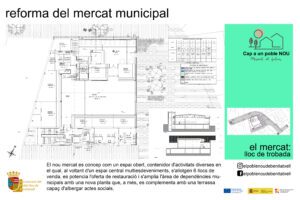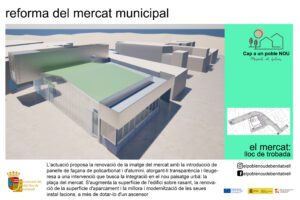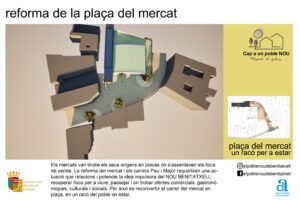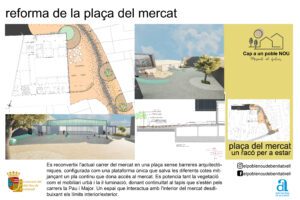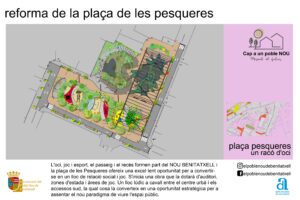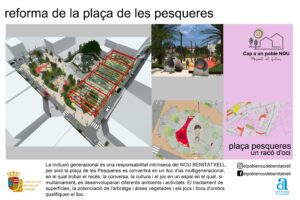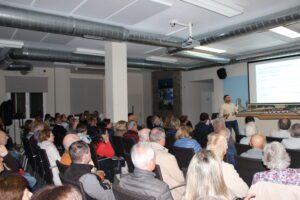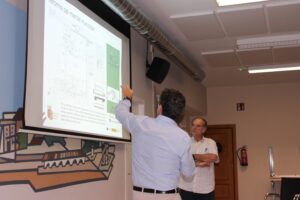- Yesterday Thursday afternoon a public exhibition was held to present the works to be undertaken in the town over the next few months.
El Poble Nou de Benitatxell Council is planning a ‘poble NOU’(NEW town) which focuses on creating people-friendly spaces and transforming the town centre into an attractive place to live and for business activity. Yesterday Thursday afternoon, the mayor, Miguel Ángel García, the councillor of Urban Planning, Jorge Pascual, and Guía Consultores technicians in charge of most of the projects, Juan Antonio Lizancos and Miguel Ángel Crespo, presented in a public exhibition the six works that are going to be carried out in the town in the upcoming months to achieve this new paradigm of a town.
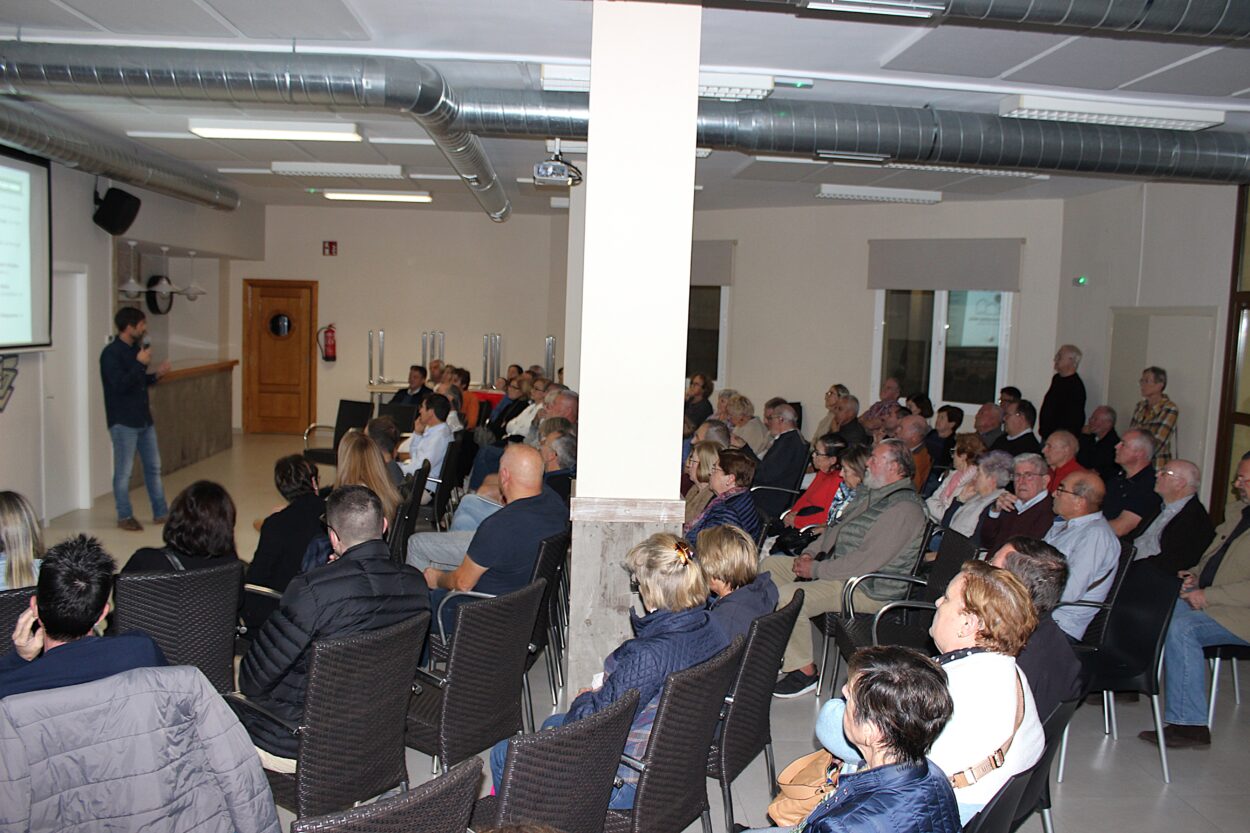
More than 7.6 million euros will be invested in these six projects, 60% of which will come from external financing, while the Council will provide the remaining 40% with its own funds. As the mayor explained, ‘the moment has come when all the projects we have been working on for years; while the funding was being collected, the projects were being drawn up, modified due to the rising cost of building work and materials, put out to tender, etc., are finally going to see the light of day in a very concentrated manner in time’.
La Pau and Mayor: streets to live in
The first work to begin imminently next week will be the redevelopment of the streets La Pau, Mayor and Cantonet de Bufó, following the model already initiated on Alicante Avenue and Llebeig Street. A new mobility paradigm will serve to promote another way of living, with traffic-calmed streets, in which the pedestrian is the protagonist of the street space, recovering social habits that require safe and friendly places.
These streets will be designed as a single platform, without architectural barriers and interspersed with places to sit and relax with benches and landscaping. The renovation of the rainwater drainage, the modernisation of the street lighting and an automated access control system will complete the intervention. This action has a budget of 996,372 euros, of which 480,525 euros are financed by the DUS 5,000 programme (European funds) and 515,847 euros by the Council.
The Market: a meeting place
One of the most eagerly awaited works, which will begin in December, will be the refurbishment of the Municipal Market, which is conceived as an open space, a container for various activities in which, around a central multi-event space, 6 stalls will be housed, the restaurant offer will be enhanced and the area of municipal offices will be extended with a new floor. This first floor will also be complemented by a terrace capable of hosting social events.
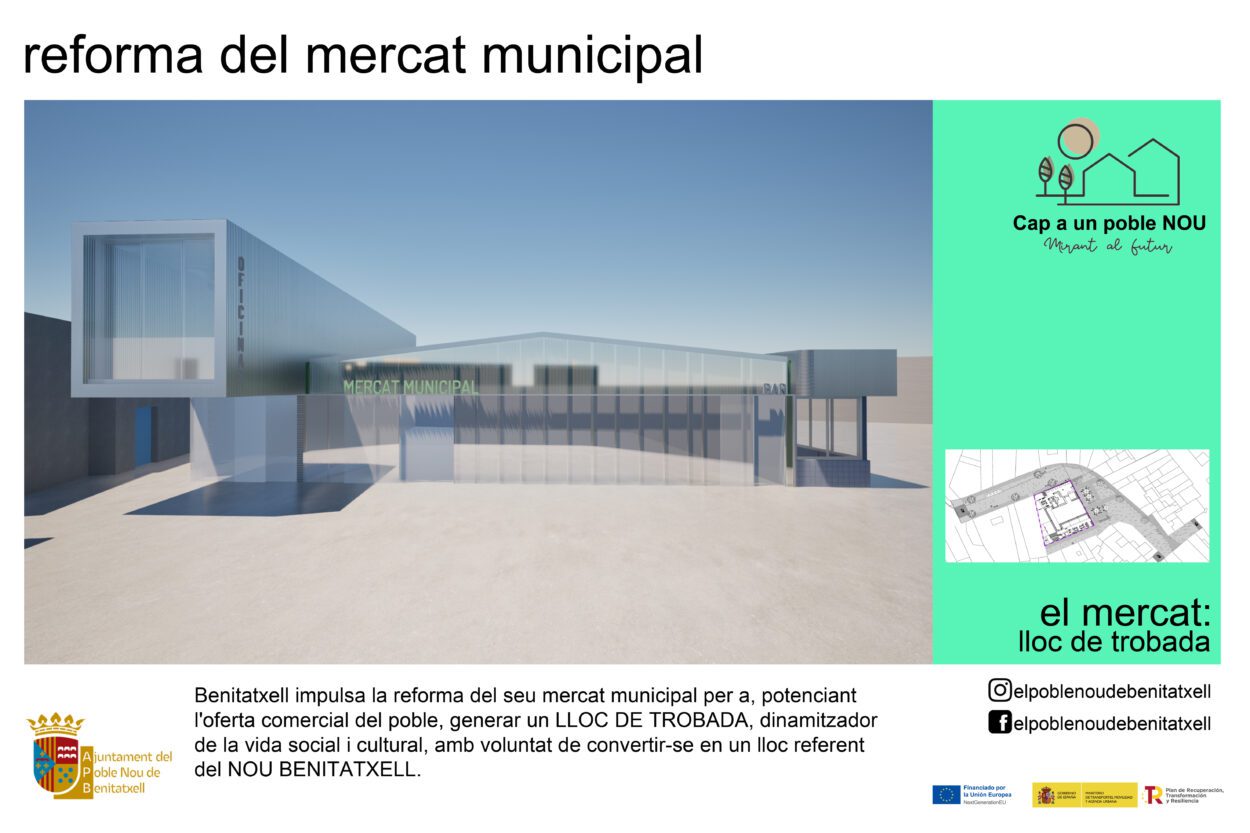
The goal of this new space is to boost the town’s business offer and create a meeting place that will boost social and cultural life. The project proposes the renovation of the market’s image with the introduction of polycarbonate and aluminium façade panels, making it more transparent in order to integrate it into the new urban landscape: the market square. The surface area of the building will be increased, the underground parking area will be renovated and a lift will be incorporated. The new market will have an investment of 1,457,014 euros, 700,346 contributed by the PIREP (European funds) and 756,667 euros by the Council.
Market Square: a spot to be in
The markets had their origins in squares where places of sale were located. The reform of the market and of La Pau and Mayor streets requires an action that relates and enhances the driving idea of the ‘poble NOU’: to recover places to live, to stroll and where to find shops, gastronomic, cultural and social offers. This is why the market street has been reconverted into a square, a corner of the town where to be.
Thus, the current market street is being transformed into a square without architectural barriers, configured as a single platform. The vegetation, street furniture and lighting will be enhanced, giving continuity to the tapestry that extends along La Pau and Mayor streets. The project has 319,992 euros provided by the Diputación of Alicante and 199,354 euros by the Council, which adds up to a total investment of 519,346 euros.
A viewpoint car parking lot: walk and watch
The new model for the town seeks to promote walking and a more pleasant, healthy and sustainable way of getting to know and experiencing the street, avoiding busy traffic. To this end, a new dissuasive car parking lot is planned, capable of accommodating 73 spaces for cars, 3 of them for reduced mobility, and 12 motorbikes. The chosen site, at the entrance to the municipality on Xàbia road, allows easy access, with views of the Tossal Gros and the Montgó. The investment is 772,307.57 euros, of which 315,543.51 euros are financed by the DUS 5,000 programme (European funds) and 456,764.06 euros by the Council.
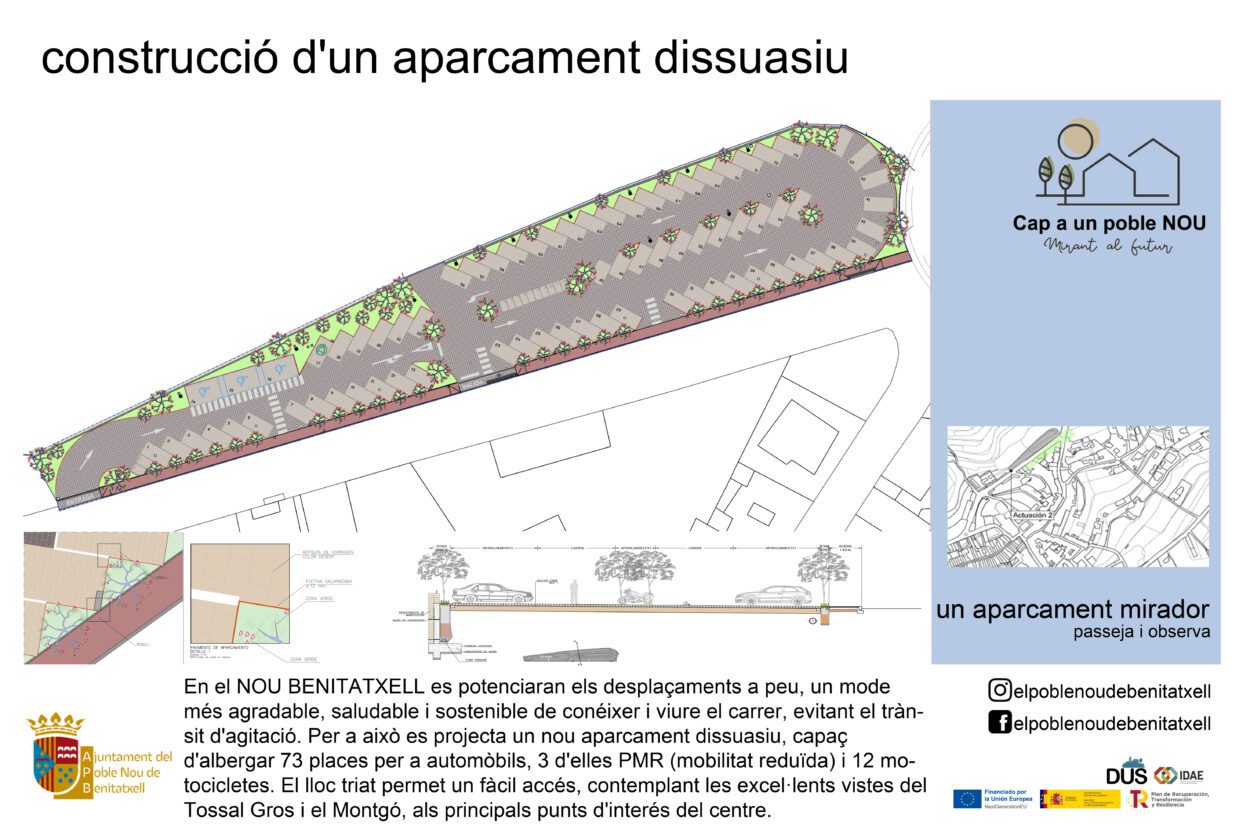
Santa María Magdalena School: consolidating the future
The remodelling of the Santa María Magdalena school, which began last July, is in line with the philosophy of supporting the education of the youngest children in a friendly, safe and sustainable environment. This is why the extension of the plot is being undertaken in order to redevelop and organise the school playground, a place for play, sport and socialising, as well as to accommodate new classrooms and eliminate the barracks. This investment is financed entirely with 2,277,578 euros by the Conselleria de Educación.
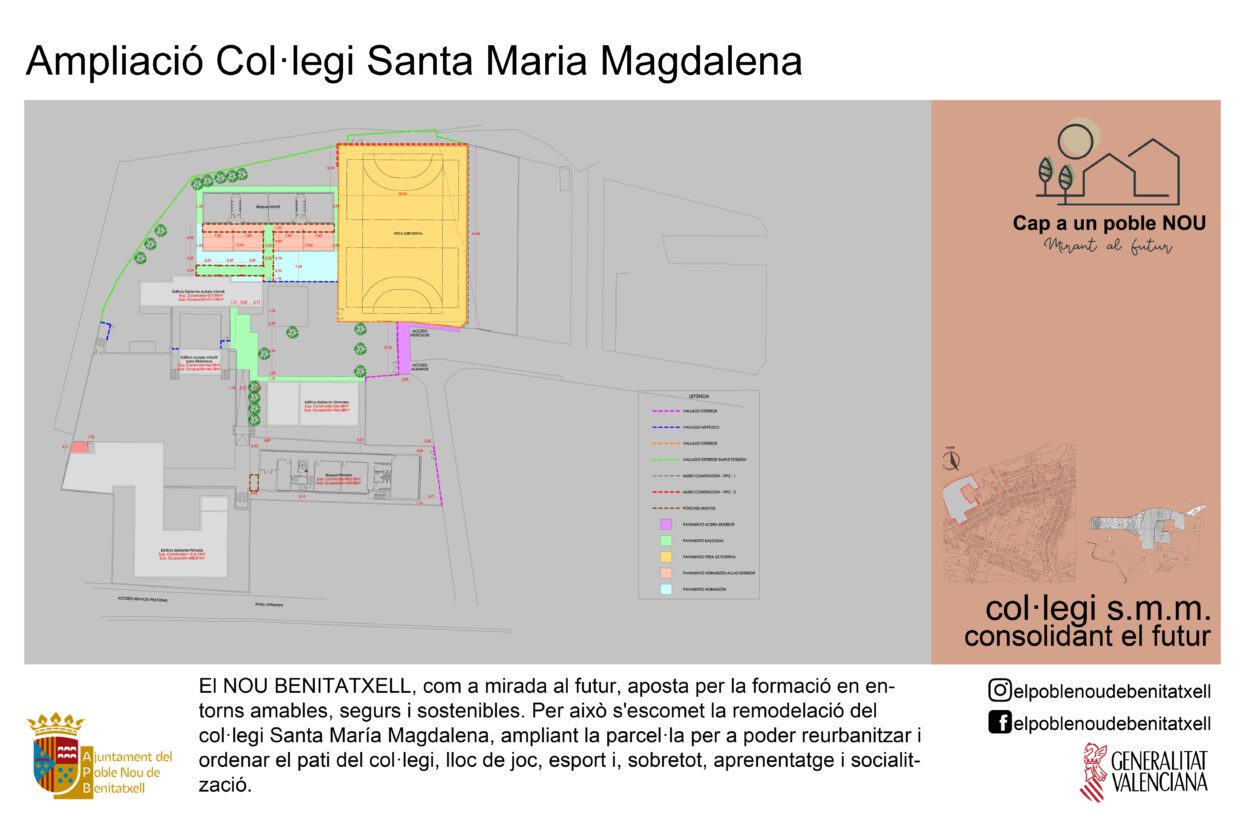
Pesqueres Square: a leisure corner
Pesqueres Square is intended to be the town’s prime space for socialising and playing. It will be the last work to begin, with a view to the second half of 2025. Its remodelling will provide the space with sitting areas, play areas and an auditorium to turn it into a leisure area between the town centre and the southern accesses, close to facilities such as the Doctor’s Office, the Social Centre, the Music and Dance School and the School for Adults. The project has 537,748 euros provided by the Diputación de Alicante and 1,114,195 euros of local funds, for a total investment of 1,651,943 euros.
All these projects are part of a new model of modern and cutting-edge town agreed and conceived together with associations, groups and neighbours in general through the various participatory processes that have been carried out since 2019, such as meetings, surveys, the Consell de la Infància or the Landscape Master Plan.
‘Traditionally, pedestrian streets have been somewhat demonised. In our case, Llebeig Street has been our role model, because it has shown us that where there is space for people, there are people, there is life, there are relationships, there is joy and there is people,‘ stressed the mayor, who said that “we are at the beginning of a ”new town’’.
‘Someone had to have the courage to dare to leave behind a municipality that was lagging behind other neighbouring towns, in which we had remained stuck in stagnation. In our case, one of the main motivations for being in politics is that we have come here to make a strong commitment to transforming our town, to make it attractive to live in’.
For his part, architect José Antonio Lizancos praised the work done in the background. ‘I think it is important that it is known that Europe has not given anything away,’ he said. ‘It is thanks to the work of this team, which has been presenting, subsidy by subsidy, to different ministries and entities, the projects commissioned to consultants and architectural firms. They have been presenting these ideas to different applications for different lines of help so that Europe can say ‘I like this project and I’m going to support it’. The global thinking of the community they want to reach is what has brought all this about’.
